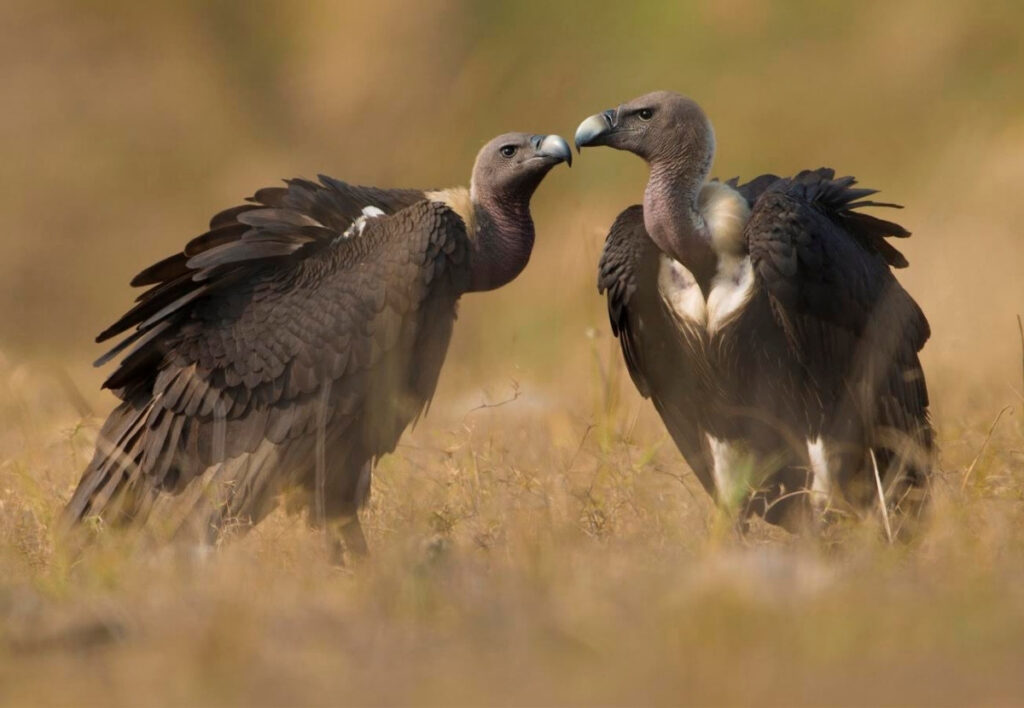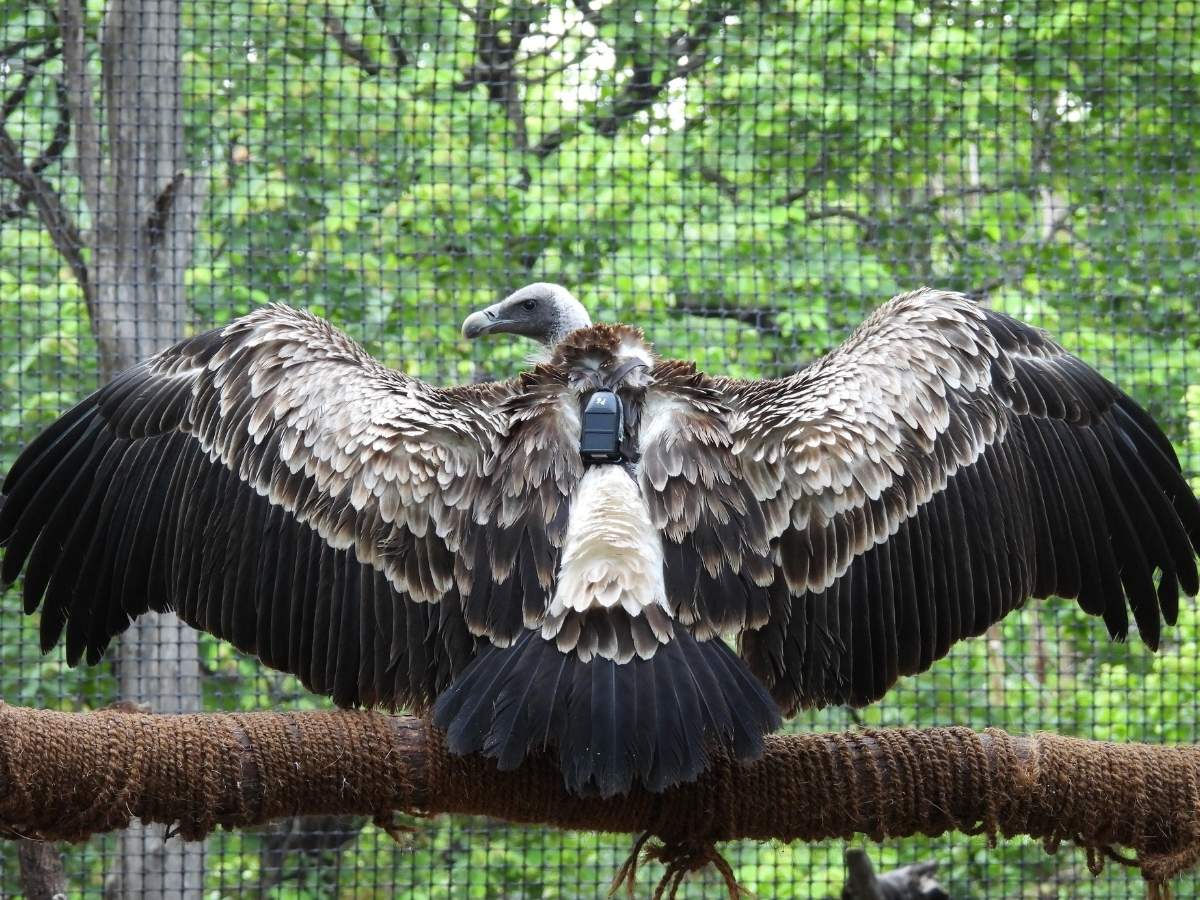There was a time when millions of vultures soared across the skies of the Indian subcontinent. This was true right uptil the late 1980s, when the estimated population of vultures was around 4 crore. Then, in the 1990s, the vultures of the Gyps species – white-rumped vulture (Oriental white-backed), Indian vulture (long-billed), and slender-billed vulture – suddenly started vanishing. Throughout the 1990s they disappeared from their former haunts across the subcontinent.

Photo credit: Nayan Khanolkar
The scientists at the Bombay Natural History Society were among the first to raise an alarm over this catastrophic decline. Many theories were proposed but nobody exactly knew what was it that was wiping out vultures en masse. Finally, in 2004, the mystery was solved. The culprit – Diclofenac, a non-steroidal anti-inflammatory drug (NSAID) that was being widely used in veterinarian treatment.
BNHS scientists immediately conveyed these findings to the Government of India (GoI). While the GoI decided to impose a ban on the veterinary use of Diclofenac in 2006, however, the ban came into effect officially through a gazette notification only in 2008.By then their population had whittled down to less than 1 lakh, a 99.75% decline.
At this critical juncture, BNHS and Royal Society for Protection of Birds (RSPB) initiated a conservation breeding programme for vultures to safeguard them from extinction and ensure a captive population that could be released into the wild to bolster the wild population. Four Jatayu (Vulture) Conservation Breeding Centres (JCBC) were set up across the country in partnership with respective state governments. The first came up in Haryana’s Pinjore in 2001, then at Rajabhatkhawa (West Bengal, 2005), at Rani, Guwahati(Assam, 2007), and at Van Vihar National Park (Bhopal,2011).

Photo credit: BNHS
Over the past 20 years, these centers have produced more than 800 vultures in captivity. Moreover, finally, these centres also recently managed to release a few captive bred birds back into the wild. It may be still a long way to go in re-building vulture populations to their pre-decline era but a solid foundation has been laid for a new generation of vultures to soar once again across India’s skies.
Knowledge credit: BNHS
Your donations support our on-ground operations, helping us meet our conservation goals.
Related Links
- Weird Connections
- Weird Connections – Part III
- Feral Dogs Vs. Wildlife – A Human-made Disaster in the Making
- World Wetlands Day – Thane Creek, Important yet Unacknowledged
